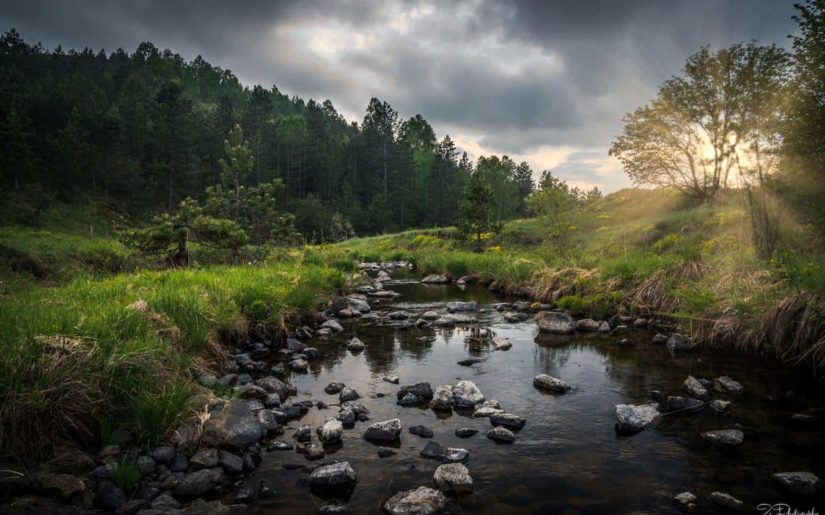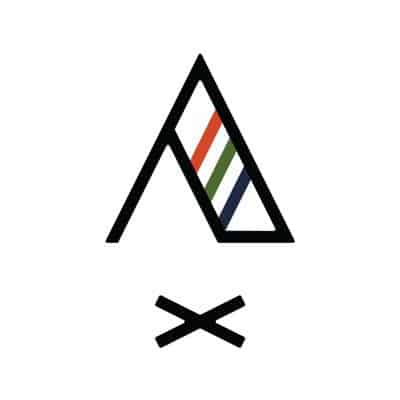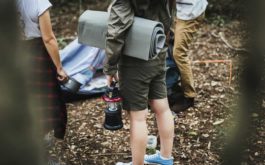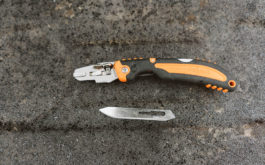You never know how important a wilderness survival kit is until you need one. Trite, but true. While most people never hike farther than a mile or two beyond the trailhead, those who break free from the safety of civilization know that rescue can be days away if things go sideways.
I know, I’ve been there. If you ask any experienced hiker, they’ll tell you that this is an adventure sport, requiring the same respect you’d give to a mountain face or class IV rapids.
Most injuries are related to sunburns, blisters, bug bites, and dehydration, and while these sound like no big thing, they can send you down a path to disorientation and further injury. Hypothermia, sprains, and “hiker-out-of-place” situations—those in which you step off the trail to heed the call of nature or check out a patch of wildflowers—can get you turned around and lost easier than you’d believe. Until, of course, you’ve experienced it firsthand.
So, beyond broken-in, well-fitting footwear, breathable layered clothing, water, sunscreen, and bug spray, what else do you need to stuff into your daypack to stay safe?
Two sources of water
Two is one, and one is none. That’s a popular saying grifted from Special Forces operatives. “Hydrate or die” is another. Take two durable water containers with you—preferably at least two liters, combined. Invest in a lightweight water filtration device such as a LifeStraw or larger backpacking filter to resupply at water sources and protect yourself from harmful microbes.
Never put unfiltered water in your containers. If you must transport dirty water before treating it, two containers will come in useful as long as you remember which one collected the dirty water for the next time.
Finally, you can pre-filter water through a bandana and sanitize it with water purification tablets if you lose or break your mechanical filters.
Relfective “Space” Blankets
For less than three dollars (Canadian or U.S.) you can buy a standard, folded-up Mylar space blanket. For about $20 USD, you can pack a lightweight, insulated “emergency” bivy sack or blanket. I recommend one of each; the thin Mylar blanket can always double as a tarp shelter, while the latter provides heavy-duty heat reflection.
Other things to do with Mylar space blankets:
- Let them multiply. Keep a few in your road vehicle emergency kit, in your kayak dry bag, or on your snow machines (or snowmobiles, depending on where you live.)
- Use them to collect rainwater or condensation. If you lose or forgot all three of your water sources, you have another backup.
- Navigation and Signaling Devices
- Buy yourself a backcountry-grade compass and a book to teach you how to use it. Learn to read topographical maps. One thing I like to do is cut maps into sections and laminate them. This way I can take the section I need, cutting down on pack weight.
DO NOT rely solely on your smartphone’s internal GPS or even hand-held dedicated GPS devices. The latter is very useful if you keep up with software updates and keep extra fresh batteries, but always have an “analog” backup.
Pick up a high-quality signal mirror. I like the Hot Shot because it comes with instructions right on the back. Even better is the StarFlash Multitool, which, in addition to instructions, has a built-in compass, whistle, and fire steel. My only reservation about this product is that some people get lazy and try to put all their eggs in one basket. You need to be sure to have a second compass, whistle, and fire steel because if you lose your StarFlash, you’re up a creek.
If you can afford it (and seriously. Can you afford not to have it?), invest in a personal satellite beacon such as those manufactured by SPOT. It can save your life and prevent search and rescue personnel from unnecessarily risking theirs.
Appropriate First Aid Kit
Here, you’ll need to gauge your personal expectations and your adventure’s potential risks. There are many different kinds of pre-packaged backcountry first aid kits to choose from, but I tend to build my own. The most basic kit should include:
- Moleskin for blisters
- Band-Aids
- Tweezers
- Bug bite swabs
- Burn cream
- Triple-antibiotic cream
- Anti-diarrheal tablets
- Gauze pads
- Surgical tape (or duct tape)
If you want to add trauma pads, suture kits, Israeli bandages, and CAT tourniquets, go right on ahead. Just know how and when to use them.
Here’s a tip: Throw in some feminine hygiene pads to serve as wound dressings. They’re super absorbent.
A Durable Knife
Selecting a knife is personal. Check out current state and national forest laws before you go shopping; you might be limited by size, mechanisms, and whether or not you can carry one on a belt sheath. I personally like a blade that’s at least five inches long, but I’ll back that up with a folding knife with a two-to-three-inch blade.
Don’t be cheap. Look for German or American steel, and if it’s a fixed blade model, you’ll want to consider a full-tang blade (steel runs the length of the handle).
Be sure to pick up a knife sharpener and learn how to use it.
Fire Starting Supplies
You can spend hours trying to learn how to make and use a bow drill or fire piston. You can spend your hard-earned cash on fire steels and magnesium bars, which I actually recommend, but my go-to fire-starting kit is a large prescription medicine bottle stuffed with a little baggie of Vaseline-soaked cotton balls and outside the baggie) a small Bic lighter. And it never hurts to have two sets.
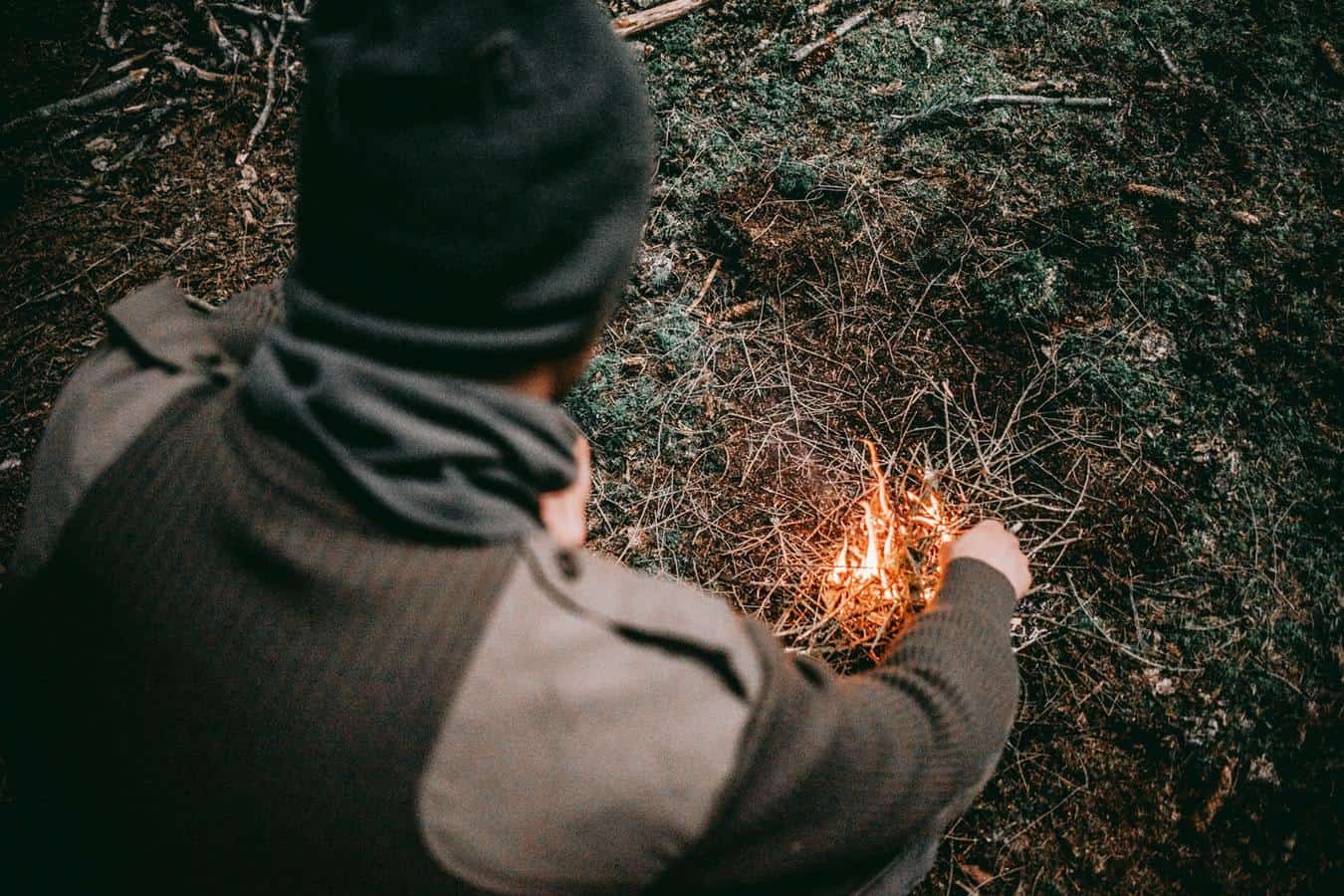
I do keep fire steels stashed in my gear, too. They’re cheap, they’re small, and they’re fun to use… but they rely on you having dry tinder to get the fire going, while those petroleum-impregnated cotton balls are easy to ignite on a wet day.
Duct Tape
As an added feature on my medicine bottle fire starter kits, I’ll tear about three feet of duct tape in half (lengthwise) and wrap a strip around each bottle. I happen to hike with poles, so each of my poles has its own duct tape as well. You can really never have enough of it. I’ve used it to repair a shoe, secure those maxi-pads to a large cut on my leg, and patch a tent. My dog once lost her collar on the trail and by tripling up the duct tape (sticky side in, of course) I made a new one… with a breakaway feature for safety.
Topping Off and Personalizing Your Kit
Unless you’re traveling with a pack llama or the marine equivalent, you will want to keep things simple and light. If your emergency kit is too cumbersome, you might be tempted to leave it at home.
Every kit should be adapted to the user and the environment, and all kits should have the following:
- Bright headlamp and pocket flashlight
- 20 feet or so of reflective paracord
- Prescription medication and eyeglasses
- Charged up cell phone (in case you can get service… or want to take selfies)
- Bear spray, in bear-populated areas
- Sugar lozenges and a protein/energy bar or two
Don’t worry about getting it right the first time. You’ll make adjustments as you come up with new ideas or find out (hopefully during drills) what works for you. Be sure to make several wilderness emergency kits, adapting them to your environment: Kayak and marine kits won’t necessarily look like hunting kits. You can get away with more supplies in your car, ATV, or boat kit.
And remember: Stuff doesn’t equal skills. Sign up for a Red Cross first aid and CPR class, and if you’re really serious about wilderness adventure, consider taking a backcountry first aid course. Most of all, practice using the gear you have. If you or your buddy is lost, injured, or sick, your training will kick in when you’re under mental and physical stress.
Don’t forget to tell a friend where you’re going and when you expect to be back. With the right tools and knowledge, you’ll come back, safe and sound.
Bonus Tip: Heading into the wild hunting? Use our HUNTINGsmart! Gear Checklist to make sure you don’t missing a thing.
